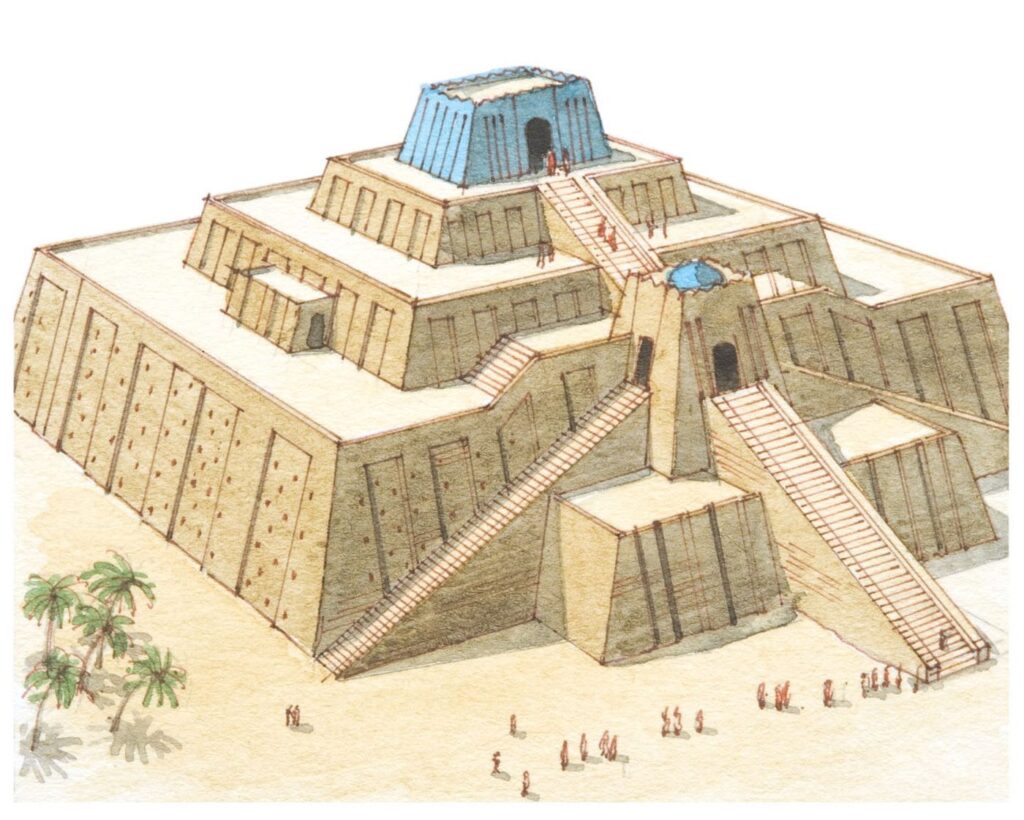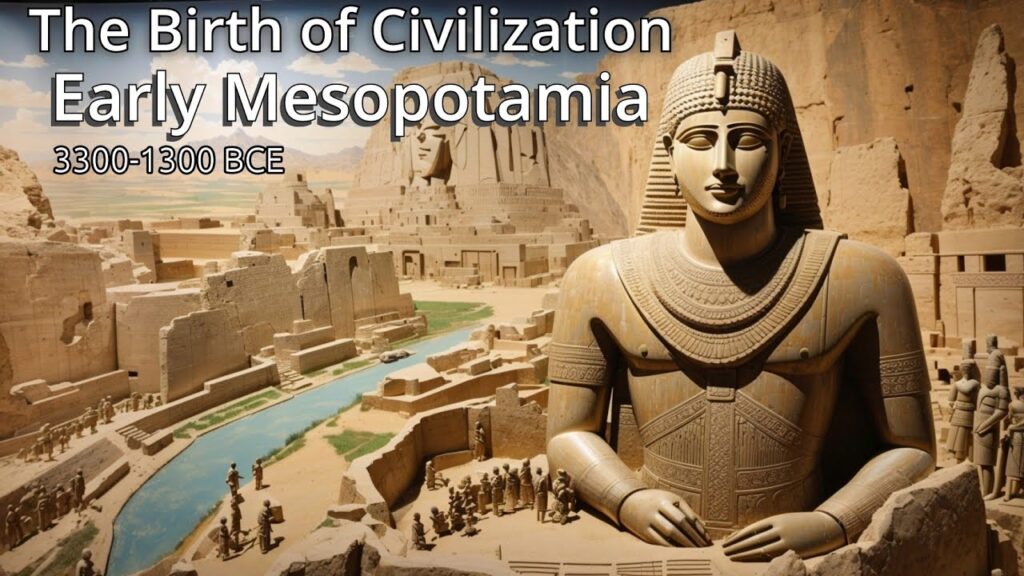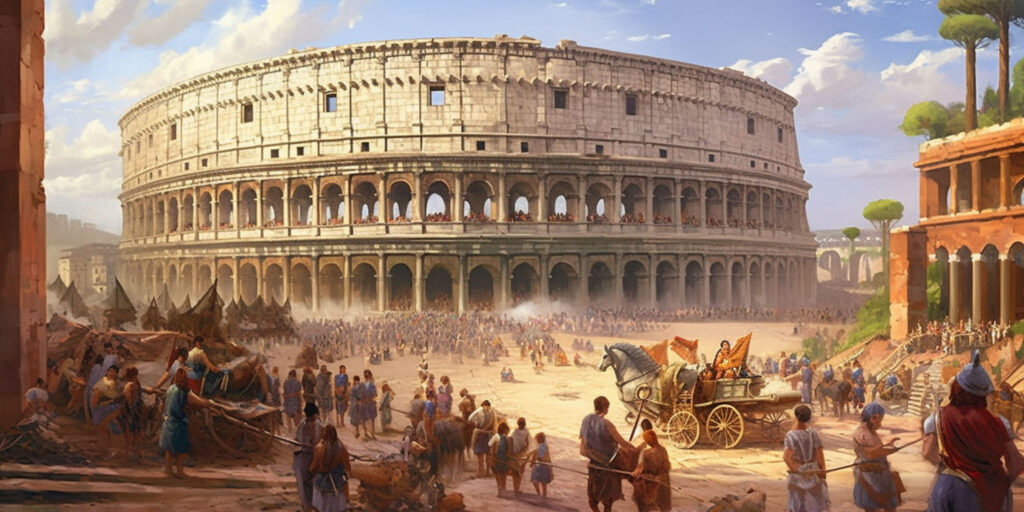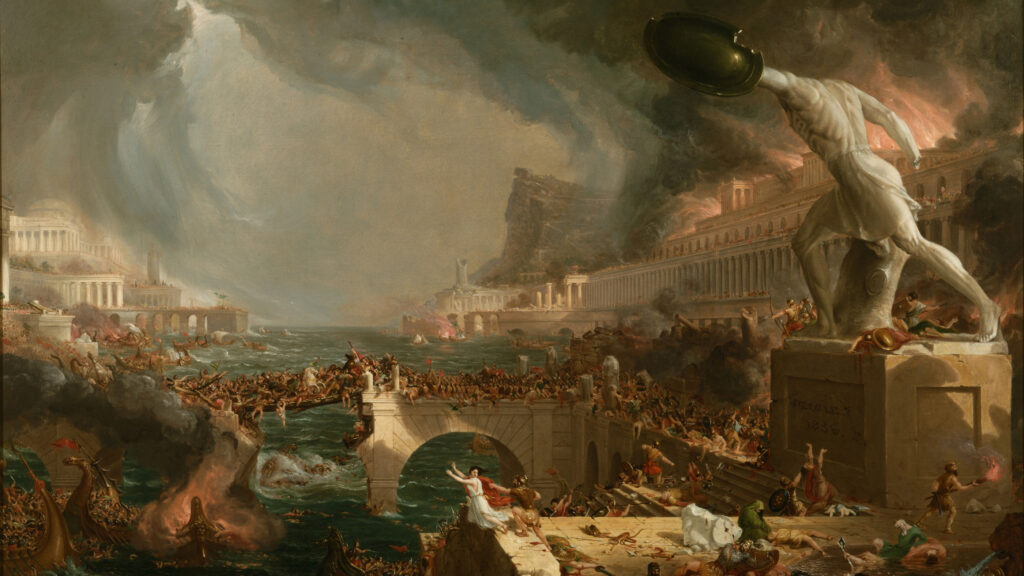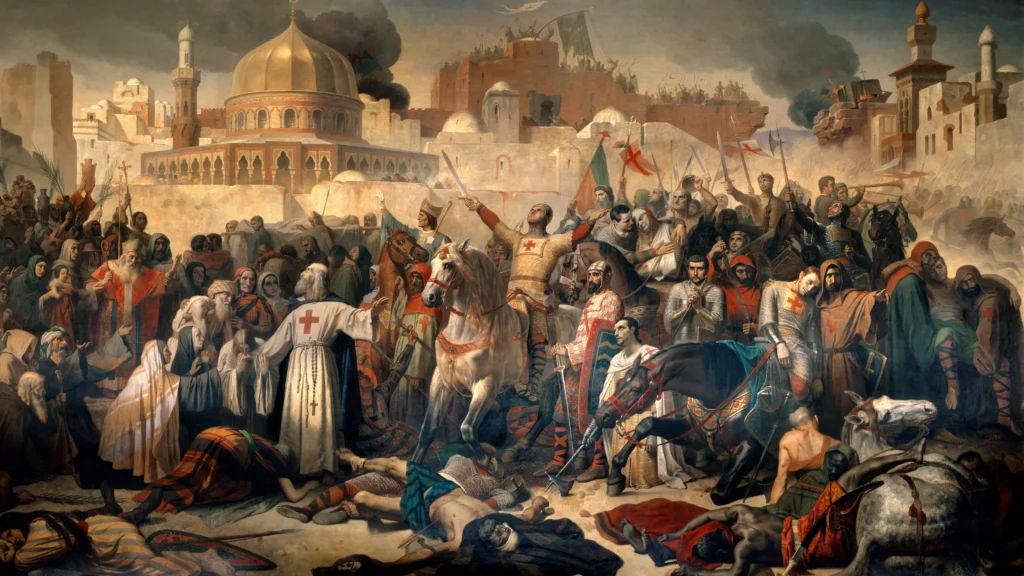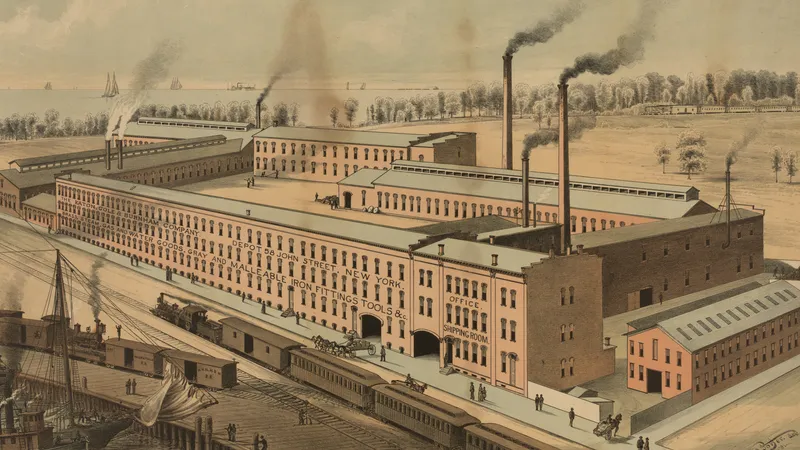
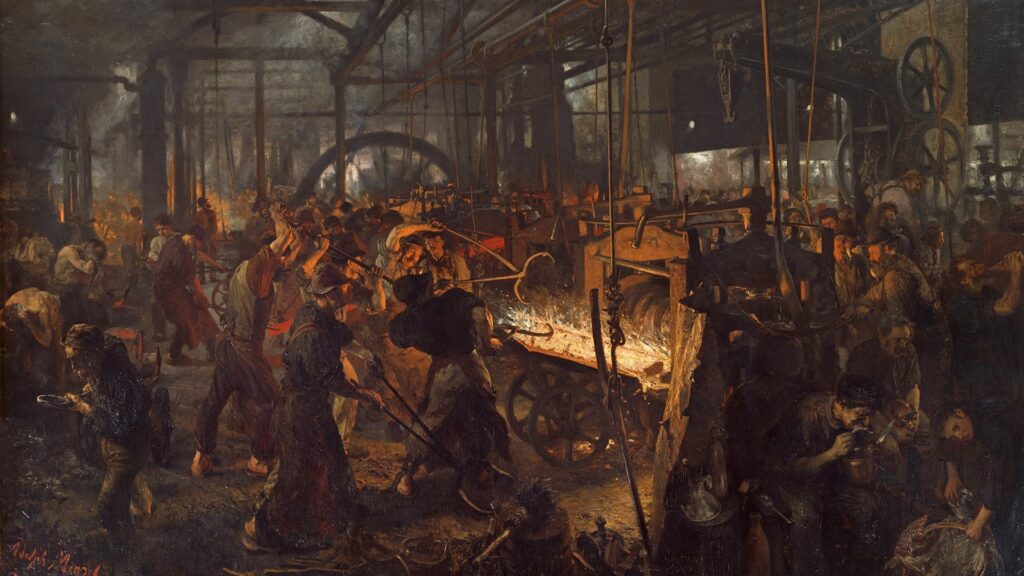
The Industrial Revolution: A Comprehensive Overview
Introduction
The Industrial Revolution, spanning from the late 18th to the early 19th century, was a transformative period that fundamentally changed the way economies, societies, and technologies functioned. Marking the shift from agrarian economies to industrialized and urbanized societies, the Industrial Revolution had a profound impact on nearly every aspect of human life. This article explores the Industrial Revolution in detail, from its origins and key innovations to its societal impacts and enduring legacy.
Origins of the Industrial Revolution
Preconditions in Britain
Several factors made Britain the birthplace of the Industrial Revolution:
- Agricultural Advancements: The Agricultural Revolution, which preceded the Industrial Revolution, introduced several innovations that increased food production. Crop rotation allowed for more efficient use of land, selective breeding produced better livestock, and the enclosure movement consolidated small farms into larger, more productive units. These changes led to an increase in food supply and a reduction in food prices, which supported population growth and freed up labor for industrial enterprises.
- Population Growth: Improved agricultural productivity led to a significant population increase. This provided a large and ready workforce for the new factories and mines. The growing population also created increased demand for goods, stimulating further industrial growth.
- Natural Resources: Britain had abundant natural resources, including coal and iron ore. Coal was essential for powering steam engines and other machinery, while iron ore was crucial for constructing machines, buildings, and infrastructure.
- Political Stability: A stable political environment and a strong legal system supported economic growth and innovation. The protection of property rights, patent laws, and a relatively peaceful society encouraged investment and risk-taking.
- Capital and Investment: Wealth accumulated from trade and colonization provided the capital necessary to fund industrial enterprises and technological advancements. The development of banking and financial institutions also facilitated investment in new technologies and businesses.
Key Innovations and Technologies
The Textile Industry
The textile industry was the first to be transformed by industrialization, leading to dramatic increases in productivity and the establishment of the factory system:
- The Spinning Jenny: Invented by James Hargreaves in 1764, the spinning jenny allowed a single worker to spin multiple spools of thread simultaneously. This innovation greatly increased the efficiency of thread production and reduced the cost of textiles.
- The Water Frame: Richard Arkwright’s water frame, introduced in 1769, used water power to drive spinning machines. This enabled the production of stronger and finer yarn and led to the establishment of factories located near rivers and streams.
- The Power Loom: Edmund Cartwright’s power loom, patented in 1785, mechanized the process of weaving cloth. This innovation further boosted textile production and reduced the need for skilled labor.
The Steam Engine
The development of the steam engine was a pivotal advancement in the Industrial Revolution, as it provided a new source of power that was not dependent on natural forces like wind or water:
- Thomas Newcomen’s Engine: In 1712, Thomas Newcomen built the first practical steam engine, which was primarily used to pump water out of coal mines. This invention made mining more efficient and allowed for deeper mining operations.
- James Watt’s Improvements: In the 1760s, James Watt significantly improved Newcomen’s design by adding a separate condenser, which increased the efficiency and power of the steam engine. Watt’s engine could be used to drive a wide range of machinery, making it a versatile and revolutionary technology.
Iron and Steel Production
Advancements in iron and steel production were essential for building the machinery and infrastructure necessary for industrialization:
- The Blast Furnace: Abraham Darby’s use of coke instead of charcoal in blast furnaces (1709) increased the efficiency of iron production. This innovation allowed for the mass production of iron, which was crucial for constructing machines, tools, and buildings.
- The Bessemer Process: Developed by Henry Bessemer in the 1850s, the Bessemer process allowed for the mass production of steel by removing impurities from molten iron through oxidation. Steel was stronger and more flexible than iron, making it ideal for a wide range of industrial applications.
Transportation
Innovations in transportation facilitated the movement of goods and people, further driving industrial growth:
- Canals: The construction of canals in the late 18th and early 19th centuries enabled the efficient transport of raw materials and finished goods. Canals connected industrial centers with ports and markets, reducing transportation costs and increasing trade.
- Railways: George Stephenson’s development of the steam locomotive and the opening of the Stockton and Darlington Railway in 1825 marked the beginning of the railway era. Railways revolutionized land transport by providing fast, reliable, and relatively cheap means of moving large quantities of goods and passengers.
Societal and Economic Impacts
Urbanization
The Industrial Revolution led to rapid urbanization as people moved to cities in search of work:
- Growth of Cities: Industrial cities like Manchester, Birmingham, and Liverpool expanded rapidly, often without adequate planning or infrastructure. The influx of workers seeking employment in factories led to overcrowded and unsanitary living conditions.
- Living Conditions: Overcrowded and poorly constructed housing, lack of proper sanitation, and inadequate access to clean water were common in industrial cities. These conditions contributed to public health challenges, including the spread of diseases like cholera and typhoid.
Labor and Working Conditions
The shift from agrarian to industrial labor had significant implications for workers:
- Factory Work: Factory workers faced long hours, low wages, and dangerous working conditions. The monotonous and repetitive nature of factory work contrasted sharply with the more varied tasks of agricultural labor.
- Child Labor: Child labor was widespread during the Industrial Revolution. Children worked long hours in hazardous environments, often performing tasks that were physically demanding and detrimental to their health and development.
Social Changes
The Industrial Revolution brought about profound social changes:
- Class Structure: A new industrial middle class (bourgeoisie) emerged, consisting of factory owners, merchants, and professionals. This class accumulated wealth and influence, often at the expense of the working class (proletariat), who faced harsh living and working conditions.
- Women’s Roles: Industrialization altered women’s roles, with many working in factories, though often in poorly paid and exploitative conditions. The shift from domestic work to factory labor had significant implications for family dynamics and gender roles.
- Labor Movements: Poor working conditions and low wages led to the rise of labor movements and the formation of trade unions. These organizations advocated for workers’ rights, better working conditions, and higher wages, laying the groundwork for modern labor laws and protections.
Technological and Scientific Advancements
Innovations in Communication
The Industrial Revolution spurred advancements in communication, which facilitated the spread of information and coordination of industrial activities:
- The Telegraph: Samuel Morse’s invention of the telegraph in the 1830s revolutionized long-distance communication. The telegraph enabled instant messaging across vast distances, transforming business, journalism, and personal communication.
Advancements in Agriculture
Technological innovations also impacted agriculture, increasing productivity and supporting the growing urban population:
- The Seed Drill: Jethro Tull’s seed drill (1701) allowed for more efficient planting of crops by depositing seeds at the correct depth and spacing. This innovation reduced waste and increased crop yields.
- The Mechanical Reaper: Cyrus McCormick’s mechanical reaper (1831) revolutionized grain harvesting by significantly reducing the labor required to harvest crops. This innovation increased agricultural productivity and supported the feeding of a growing population.
Global Spread of Industrialization
Europe and North America
After Britain, industrialization spread to Europe and North America, transforming economies and societies:
- France and Germany: Industrialization in France and Germany picked up in the mid-19th century. Both countries invested in railways and heavy industries, supported by state policies and significant financial investment. Germany, in particular, became a leading industrial power by the late 19th century.
- The United States: The U.S. experienced rapid industrial growth following the Civil War. Innovations such as the cotton gin, developed by Eli Whitney, and the assembly line, pioneered by Henry Ford, revolutionized production processes. The expansion of the railway network and the discovery of vast natural resources also fueled industrial growth.
Asia and Beyond
Industrialization reached other parts of the world later, often under different circumstances and timelines:
- Japan: Japan industrialized rapidly during the Meiji Restoration (1868-1912), adopting Western technologies and methods. The government played a central role in promoting industrialization, building infrastructure, and modernizing the economy.
- Other Regions: Industrialization gradually spread to other parts of Asia, Latin America, and Africa. In many cases, industrialization was driven by colonial powers or influenced by external factors, leading to varied and uneven development.
Environmental and Health Impacts
Environmental Degradation
The Industrial Revolution had significant environmental consequences, many of which are still felt today:
- Pollution: Industrial activities led to air and water pollution. Coal-fired factories emitted soot and harmful gases, contributing to poor air quality. Industrial waste was often dumped into rivers and streams, contaminating water supplies.
- Deforestation: The demand for timber and land led to deforestation, impacting ecosystems and biodiversity. The expansion of agriculture and industrial infrastructure further contributed to habitat loss and environmental degradation.
Public Health
Industrialization also affected public health in several ways:
- Disease Outbreaks: Overcrowded and unsanitary living conditions in industrial cities contributed to outbreaks of diseases like cholera, typhoid, and tuberculosis. Poor sanitation and lack of clean water exacerbated these public health challenges.
- Working Conditions: Hazardous working conditions in factories and mines led to occupational diseases and injuries. Workers were often exposed to dangerous machinery, toxic substances, and poor ventilation, resulting in health problems and high rates of industrial accidents.
The Legacy of the Industrial Revolution
Economic Growth and Innovation
The Industrial Revolution laid the foundation for modern economic growth and technological progress:
- Increased Production: Mechanization and technological innovation dramatically increased production and efficiency. The ability to produce goods on a large scale reduced costs and made products more accessible to a wider population.
- Global Trade: Industrialization facilitated global trade, creating interconnected markets and economies. The expansion of the railway and shipping networks enabled the movement of goods and resources across the world, fostering economic interdependence.
Social and Cultural Transformations
The revolution brought about lasting social and cultural changes:
- Urbanization: The growth of cities continued, shaping modern urban landscapes and lifestyles. Urbanization brought both opportunities and challenges, influencing housing, transportation, and public services.
- Education and Literacy: Industrialization spurred the demand for education and literacy, leading to the establishment of public education systems. The need for skilled labor and the spread of knowledge and ideas contributed to higher literacy rates and educational attainment.
Technological Progress
The technological advancements of the Industrial Revolution continue to influence contemporary society:
- Ongoing Innovation: The spirit of innovation and technological progress that characterized the Industrial Revolution persists, driving modern advancements in fields such as information technology, biotechnology, and renewable energy. The Industrial Revolution laid the groundwork for the continuous development of new technologies and the improvement of existing ones.
Conclusion
The Industrial Revolution was a transformative period that reshaped economies, societies, and technologies. From its origins in Britain to its global spread, the revolution introduced key innovations, spurred economic growth, and brought about profound social changes. While it had significant environmental and health impacts, the Industrial Revolution laid the groundwork for the modern world, influencing contemporary economic systems, technological advancements, and societal structures. Understanding the Industrial Revolution is crucial to comprehending the complexities and dynamics of the modern era.


